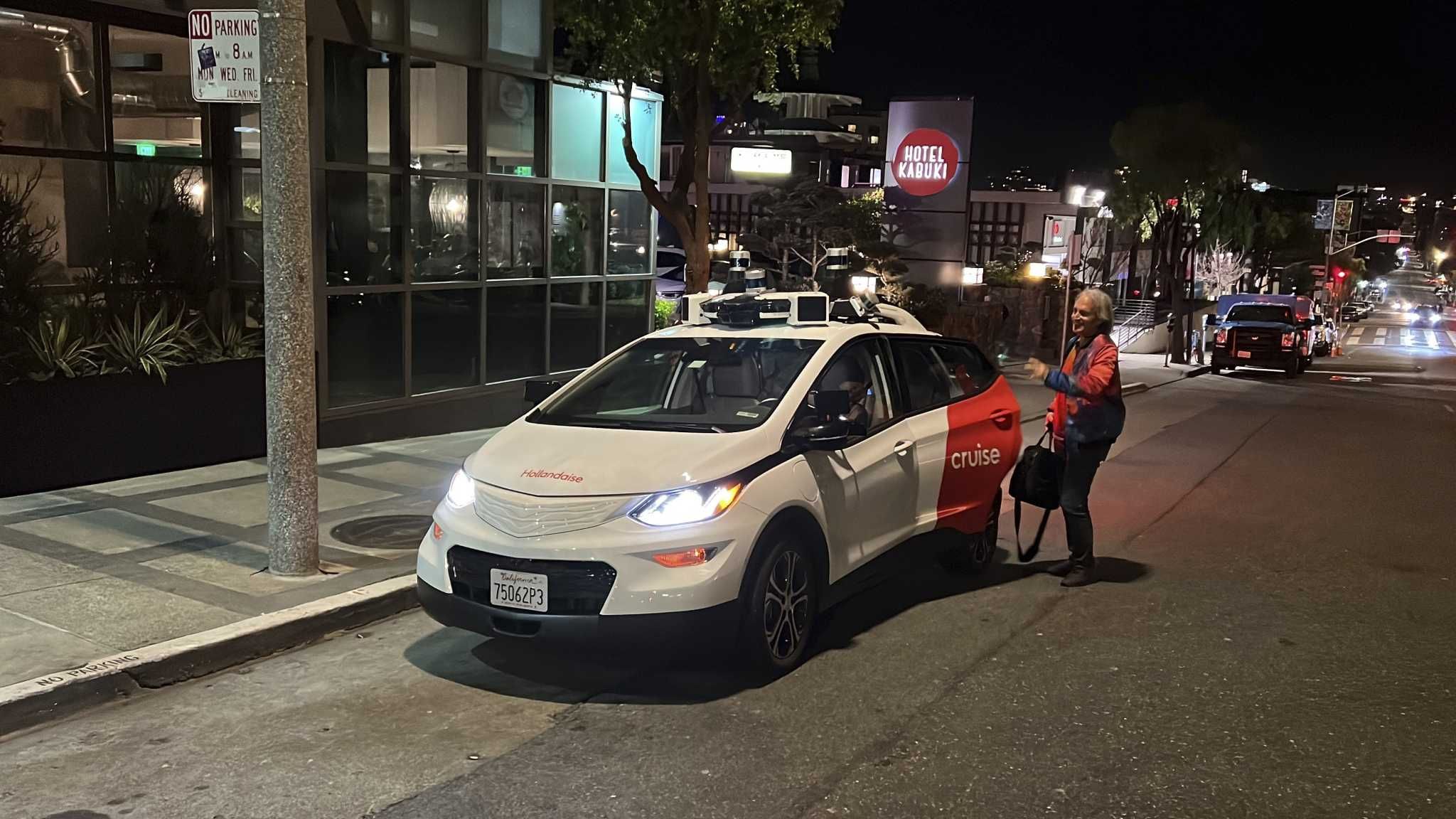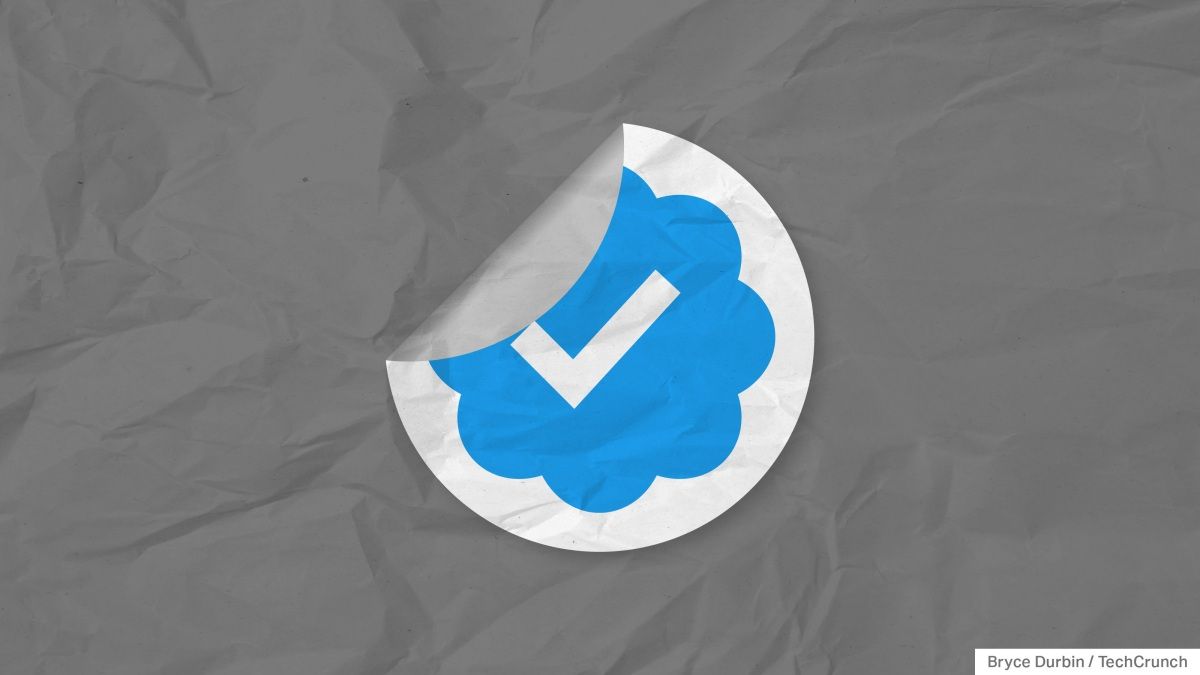Cruise now offers 24-hour robotaxi service in S.F.
General Motors-backed Cruise got permission from state regulators to run its robotaxis across all of San Francisco — 24 hours a day, 7 days a week.
City transportation leaders opposed the expansion, citing dozens of recent incidents where Cruise and Waymo vehicles disrupted traffic and Muni transit.
The milestone for the company means San Francisco will serve as the nation’s testing ground for how autonomous vehicles operate in a city without any geofencing or time restrictions.
Cruise CEO Kyle Vogt said the company’s expansion in San Francisco “is a pivotal moment for our business.”
For years, Cruise and other AV companies have been under pressure to commercialize and prove their robotaxis can turn a profit. The San Francisco-based company has been operating at a deficit and lost $561 million in the first quarter of 2023, the Verge reported.
“Operating robotaxis in SF has become a litmus test for business viability,” Vogt said in a tweet. “If it can work here, there’s little doubt it can work just about everywhere.”
Terry Chea/Associated Press
Cruise has been charging for driverless rides on about 30% of city streets during nighttime hours since last summer. The company touts its driverless cars’ performance in San Francisco, where they have to navigate narrow, hilly streets and busy corridors brimming with cyclists and pedestrians.
Under the company’s planned expansion, Cruise employees are the first people able to hail fully driverless rides across the city round-the-clock.
Cruise’s power users, who ride for free in exchange for providing testing and feedback, will have access to robotaxi rides during daytime hours in select neighborhoods that include the Sunset, Richmond, Cole Valley and Pacific Heights. These power users can also hail Cruise robotaxis to get around most of the city at night, except for parts of downtown and some neighborhoods near Twin Peaks.
It’s unclear when Cruise plans to expand paid rides to daytime hours and how many of its autonomous vehicles will be on city streets during the day. A Cruise spokesperson said the company is “starting small and expanding slowly as we scale our fleet.”
The spokesperson said “months of careful testing” gave Cruise confidence in its expansion. Though its driverless cars have caused disruptions across the city, none have resulted in life-threatening injuries or fatalities, according to the company.
San Francisco’s transportation leaders, who have no regulatory power over AV companies, have largely viewed driverless vehicles with skepticism. They’re wary of their potential to worsen traffic congestion on city streets, like during the debut of Uber and Lyft rideshares in the 2010s.
But beyond those concerns, city officials have sought to halt companies’ expansion in part because there have been instances where confused Cruise and Waymo vehicles have come to a complete stop in traffic.
Jeffrey Tumlin, director of the Municipal Transportation Agency that oversees Muni and city streets, said city transportation leaders urge state regulators to require AV companies to submit “better data” that would help illustrate the scope of these incidents.
City officials told regulators in January that the driverless vehicles have impeded emergency responses, ground local traffic to a halt and blocked Muni buses and trains after abrupt stops. They warned that such incidents “could increase very significantly” if companies can expand without restrictions.
“When they get confused, autonomous vehicles tend to stop wherever they’re at,” Tumlin said. “That includes … being confused about how to deal with situations like human traffic control, construction sites, emergency sites and other things that they find unexpected and yet exist in dozens of locations in San Francisco every single day.”
Source: San Francisco Chronicle


